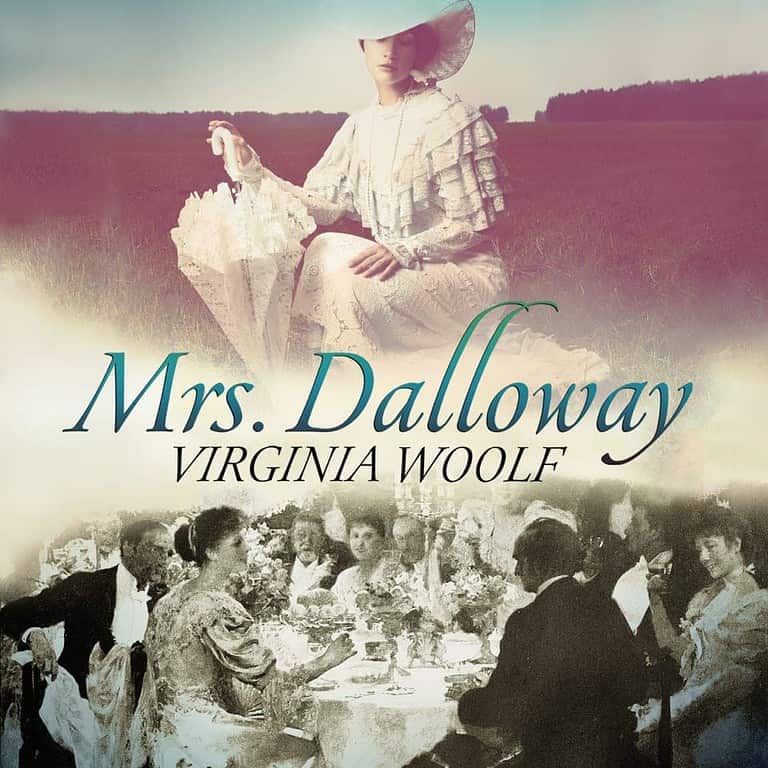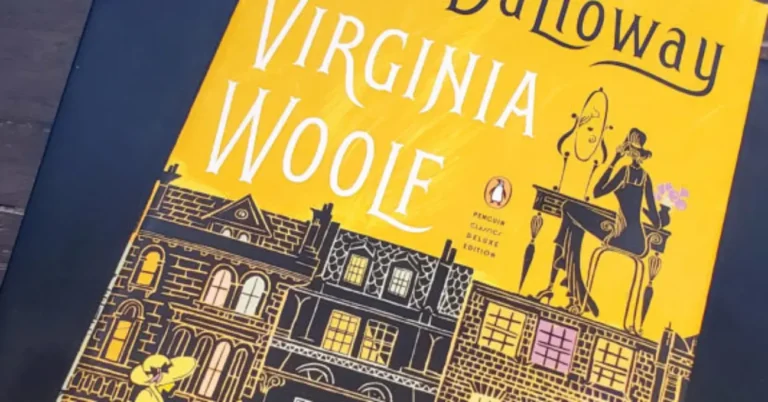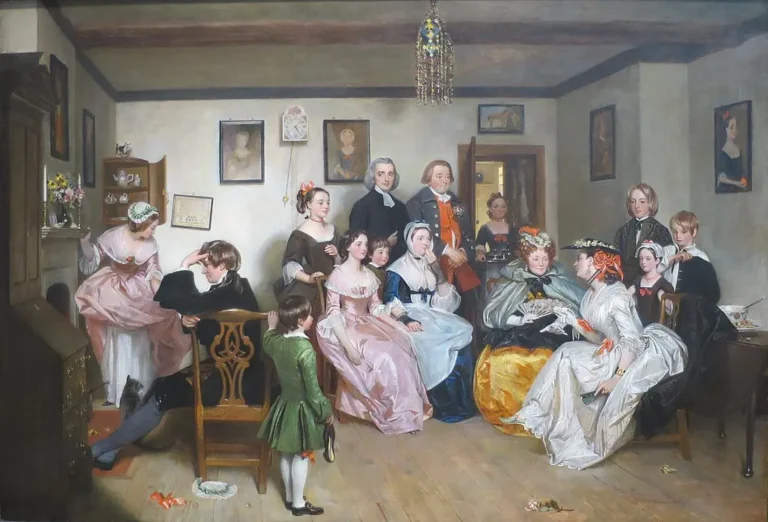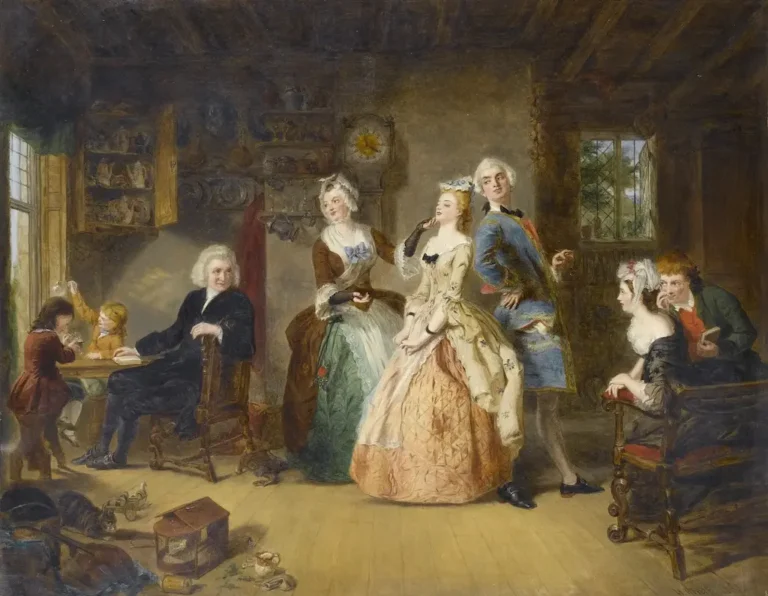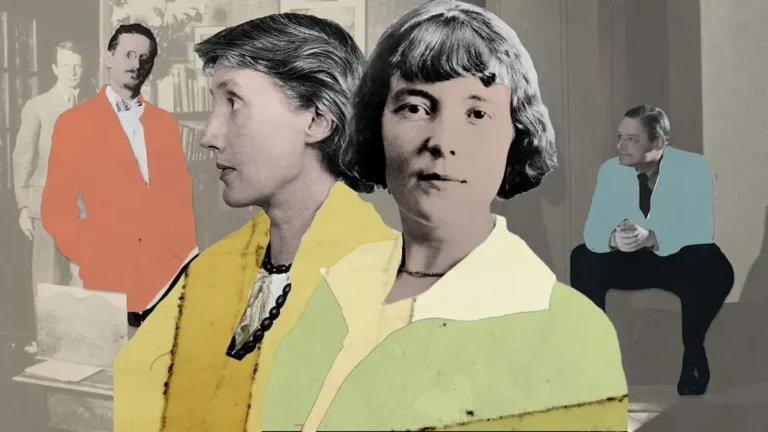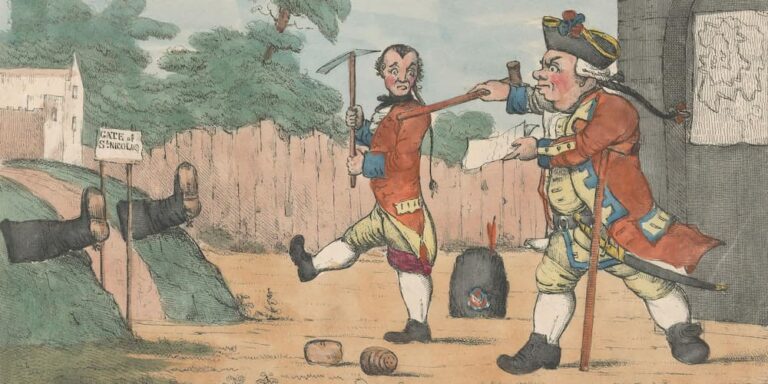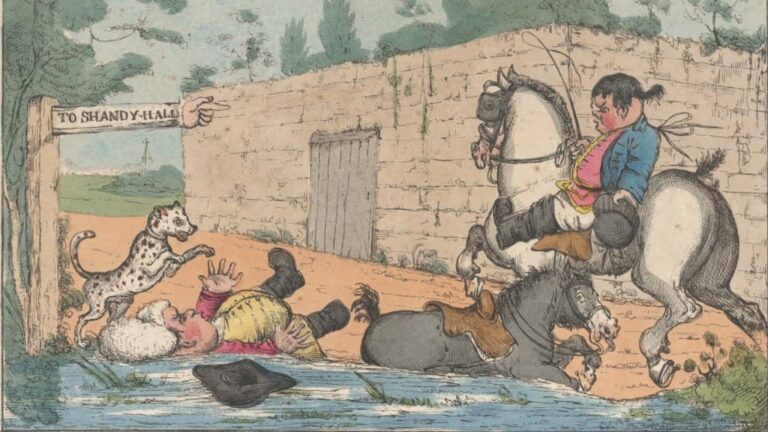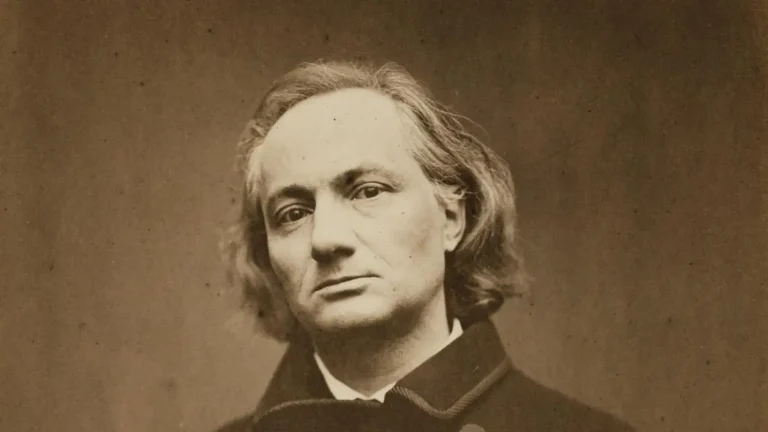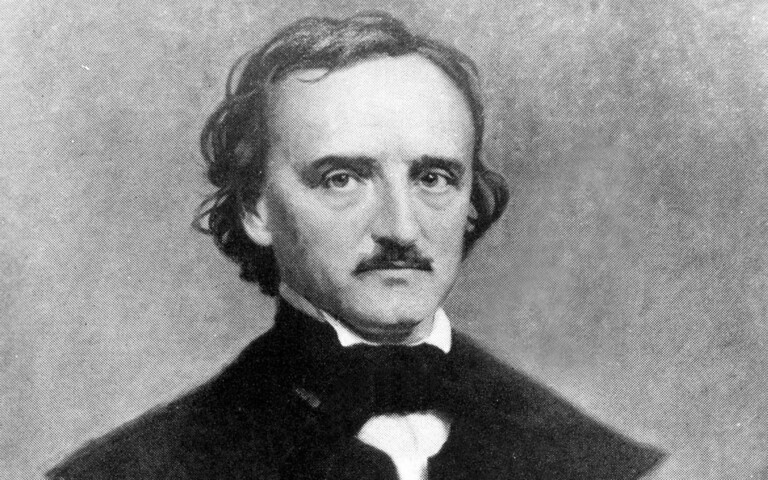Showing the various strata of time by taking one single day is a starting point. It is a paradox since at the end, Woolf suggests that taking one single day is an illusion: huge portions of the past are to be found behind every moment in the present. each moment of the present contains within itself different temporal layers.
Time and story-telling
How can a novelist investigate and analyse the depths of different individual minds while keeping a sense of unity? Or, put differently, how can a novelist create a coherent, well-structured novel from various disconnected subjectivities?
Woolf chose a peculiar narrative voice that could dwell and stay successively in the minds of the different protagonists, and that could register/record what goes on in the character’s consciousness. The narrative presence keeps moving from one character to the next and remembers everything. It has the power to resurrect the past in the narration, i.e. the power of bringing back the past into the present or the fiction.
This narrative voice is like a state of mind outside the characters and of which the characters themselves are not conscious. The state of mind surrounds/encloses the characters and glides/insinuates into the recesses of their minds. This narrative presence violates their inner thoughts and steals their most intimate secrets.
Thus, the form of narration of “Mrs. Dalloway” is the indirect discourse, that we will analyse.

